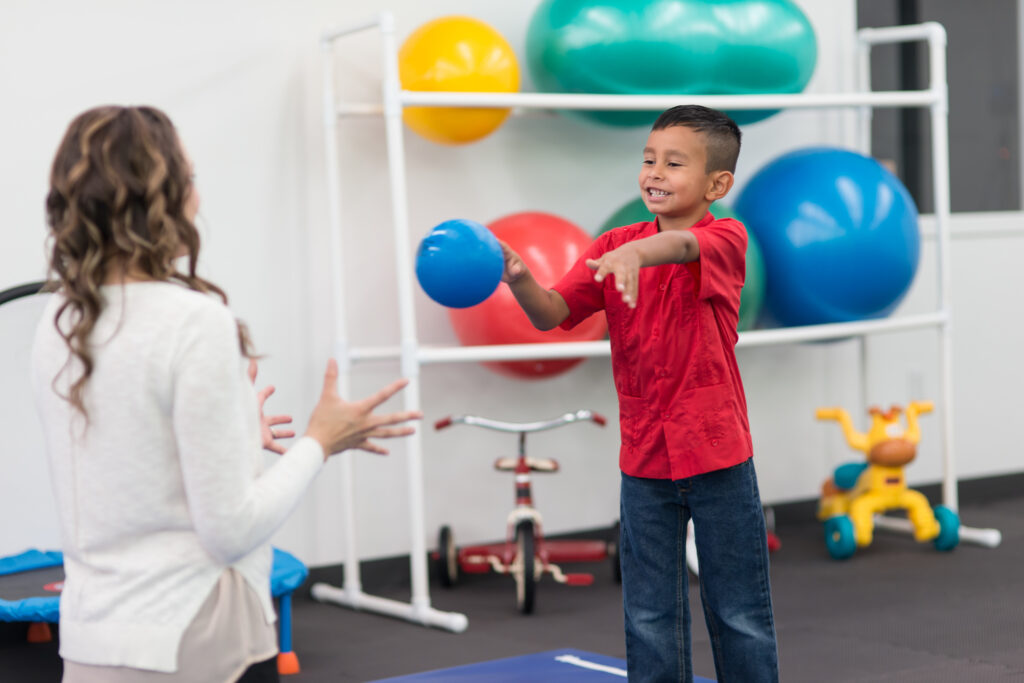Myths about Pediatric Physical Therapy (and the Truth!)

Pediatric physical therapy (PT) is essential for many children, helping them build strength, coordination, and mobility. However, there are many misconceptions and myths about pediatric physical therapy and who it helps. These myths can prevent parents from seeking care when their child truly needs it. Let’s debunk some of the most common ones!
Myth #1: My child will grow out of it
Many parents believe that delays in walking, balance, or coordination will resolve on their own over time. While some kids naturally catch up, others may struggle with muscle weakness, joint stiffness, or developmental conditions that require targeted intervention. Without therapy, these issues can persist and affect movement, confidence, and even school participation. Early PT can help children develop strong movement patterns before bad habits form.
Myth #2: PT is only for kids with major disabilities or injuries
While pediatric PT does help children recovering from surgery, injuries, or conditions like cerebral palsy, it is also beneficial for many other concerns. These include clumsiness or frequent falls, flat feet or toe-walking, poor posture or back pain, weak muscles or low endurance, delayed crawling, walking, or jumping. Even minor movement difficulties can impact a child’s ability to play, participate in sports, or keep up with their peers. Pediatric PT provides personalized treatment to address these challenges early.
Myth #3: PT is just exercise—I can do this at home
While staying active at home is great, pediatric physical therapists are trained to identify movement patterns, muscle imbalances, and neuromuscular issues that parents might not notice. They use specialized techniques to correct these problems and prevent long-term complications. Home exercises are essential, but they work best when guided by a therapist who understands your child’s unique needs.
Myth #4: If my child isn’t in pain, they don’t need PT
Pain is not the only sign that something is wrong. Many children with muscle imbalances, joint instability, or poor posture do not experience pain until later in life. Identifying and treating these issues early can prevent discomfort, joint problems, and movement limitations in adulthood.
Pediatric PT is not just for major injuries, it’s for any child who could benefit from improved strength, balance, or coordination. If you’ve ever wondered whether your child might need PT, it’s worth seeking a professional evaluation. Don’t let any myths about pediatric physical therapy stop you from getting help. Early intervention leads to better outcomes, greater independence, and more confident movement!
